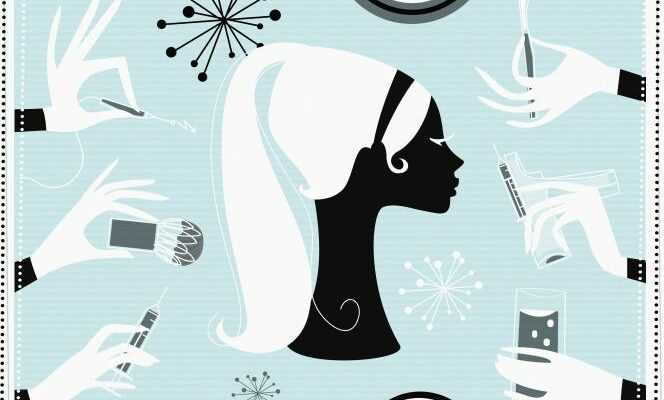Social networks participate in the standardization of faces and the advent of a “tyrannical aestheticism”, judges the psychoanalyst Michael Stora, author of (a) Social networks (Larousse, 2021).
Do social networks change the perception that young people have of their appearance?
After having amplified the phenomenon of anorexia, social networks create a form of societal dysmorphophobia. By dint of looking through photo filters that erase any imperfection, the slightest physical defect becomes an obsession. Today, young people no longer want to look like celebrities, but an improved form of themselves.
Instagram filters give two main types of face: an emaciated face, which hollows out the cheeks and strengthens the cheekbones. It’s a standard of beauty that’s been around for a while – some Hollywood actresses had their wisdom teeth pulled to hollow out their cheeks and create a slender face – and it’s still in vogue in big cities like Paris, where thinness is valued. The other type of face created by the filters is more surprising: it’s the manga effect, with big eyes, a big mouth and a small nose. Looks like a child, but with a hypersexualized body.
Do you make a connection between the use of filters and the attraction of young people to cosmetic surgery?
The craze for cosmetic surgery is very clearly driven by social networks. Some doctors even turn into influencers on Instagram, it’s a huge windfall for them. I am not a moralist, I am not against cosmetic surgery, but we are in the process of switching from restorative medicine to tyrannical aestheticism. Injections, for example, have an ephemeral duration, their effect disappears after three or four months. We will perhaps discover a young generation who develops an addiction to these injections as a means of continuing eternally to correspond to an ideal.
How to fight against societal dysmorphophobia?
It’s very complicated. As the British pediatrician and psychoanalyst Donald Winnicott said, the precursor of the mirror is the face of the mother. Young people live in the idealized image of unconditional love, they look at each other a lot, they are caught up in longing for the baby. Social networks accentuate this phenomenon. By showing that beauty is also difference, “body positivism”, a movement that advocates self-acceptance, provides an interesting solution. One could also consider psychological interviews before an aesthetic intervention, to detect if the request for intervention does not hide a deeper symptomatology. Otherwise, it’s like a doctor who prescribes an antidepressant without referring the patient to a psychologist: applying a bandage rather than working on the sources of the problem is never effective.
